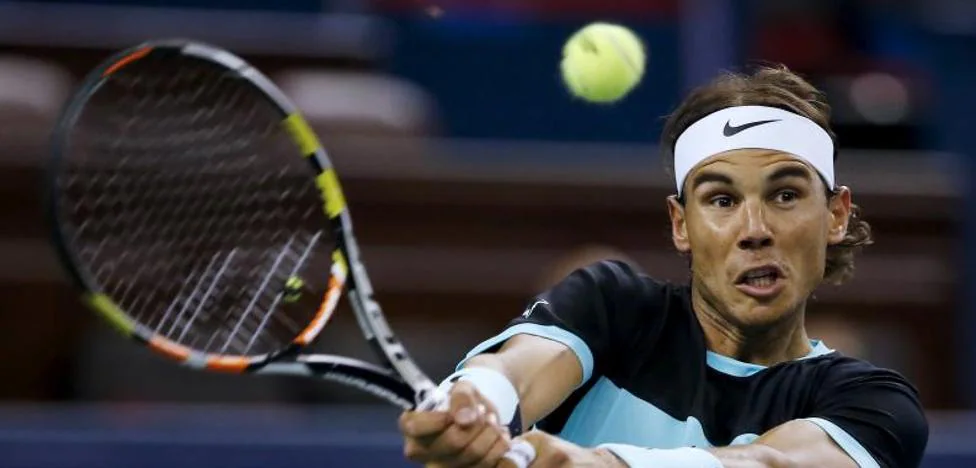When Rafael Nadal raised the ATP 500 by Acapulco in February, which was his title number 85, nothing foreshadowed the earthquake that tennis would suffer just a few weeks later. As the pandemic made its way, the tournaments were shielded. Preventive measures were announced first, such as gloves, masks and hydroalcoholic gel posts, and later was the total suspension of the circuit on March 12.
Nadal until then had played the ATP Cup with Spain, where they fell in the final against Serbia, reached the quarterfinals of Australia (defeat with Dominic Thiem) and lifted the title of Acapulco. Just before the first 1,000 Masters of the season, tennis lowered its curtain. At first temporarily for six weeks and then permanently for five months.
Nadal, ranked number two in the world, he went home to Manacor, where the entire quarantine remained. Without being able to train, due to the lack of a tennis court at home, the Spaniard worked physically and it was not until the restrictions for athletes were relaxed that he was able to go to his academy to start playing court. He did it with the uncertainty of what would happen in the next few months, since one by one all the great tournaments were falling, whether they were canceled, as in the case of Wimbledon, or suspended until further notice, as did Roland Garros.
Almost in an exercise against the clock, the ATP and the players mobilized to create bubbles that would allow the dispute of tournaments in pandemic conditions and, despite the galloping numbers of cases, the circuit returned in August in New York, with the dispute of the Masters 1,000 from Cincinnati and the US Open, both at the Flushing Meadows facility, converted into a fortress against COVID. Nadal, however, declined the invitation. The freezing of the ranking caused him not to lose the champion points (he will discount them in 2021), so his absence only affected the race for being the one that has won the most Grand Slam in history.
–
Earth season
Without Roger Federer, who only played Australia after suspending the year with a knee injury, and without Nadal, the way was opened for a Novak Djokovic who threw it all away by hitting a linesman with a ball and being disqualified. As Dominic Thiem conquered his first US Open, Nadal set his sights on the relocated dirt tour. He returned to the track in Rome, with many doubts and despite passing over an exhausted Pablo Carreño (semifinalist in New York), he did not pass the quarter, separated by a great Diego Schawrtzman.
There were doubts about his status for Roland Garros, a tournament that would also be marked by the cold, the rain and the roof of the center court. It was sold as the most complicated for Nadal and he was in charge of crushing the forecasts. He had a placid road to the semifinals, where he took revenge on Schwartzman, and in the final, against a Novak Djokovic on his way to becoming the first tennis player in the Open Era to win all the Greats twice, Nadal was the best Nadal. 6-0, 6-2 and 7-5 was the score with which the Balearic added his thirteenth Roland Garros and equaled Federer in ‘majors’, reopening a debate that threatens to break down in 2021.
With Federer’s thermometer leveled, Nadal took a break, watched from home as Djokovic secured number one at the end of the year in Vienna and returned for the indoor season, his most damaging surface. He played Paris and the London ATP Finals and both closed them in a bitter way. Semifinals in both tournaments and with the thorn stuck in London, where the final was very close, exactly one kick away.
A short vacation preceded what is already a reality, the training sessions at his academy for the season 2021. As Nadal already warned, “you have to be prepared for January. If Australia is not played, something else will be played. Have to work”. And with that objective, Nadal faces another tennis year that will be born between the clutches of the pandemic and whose beginning, middle and end are for now only speculation.
– .

![[J17] The Tops-Flops of Julien Bée after Bordeaux-Reims [J17] The Tops-Flops of Julien Bée after Bordeaux-Reims](https://girondins4ever.com/wp-content/uploads/2020/12/bandicam-2020-12-23-20-51-55-124.jpg)